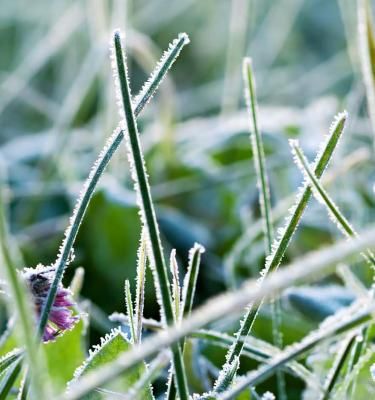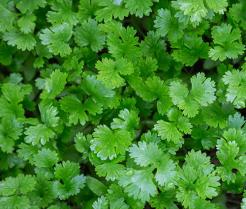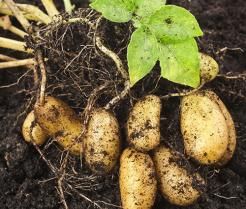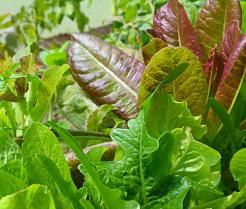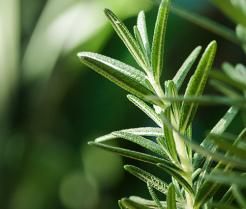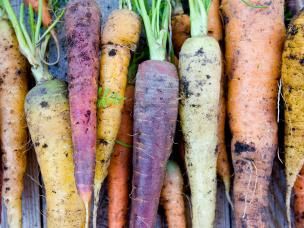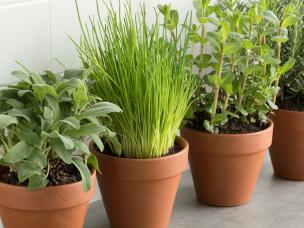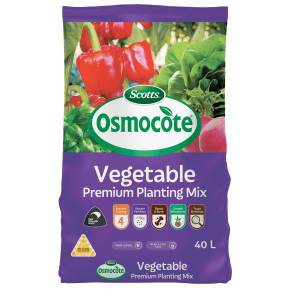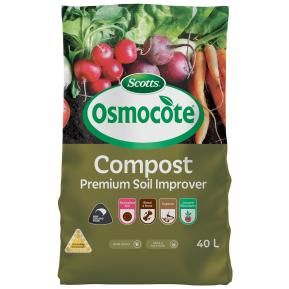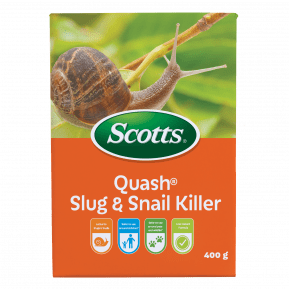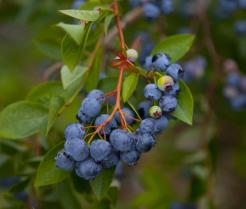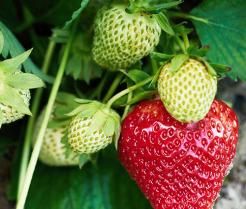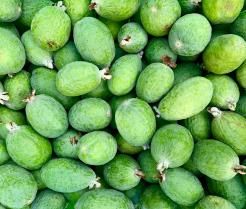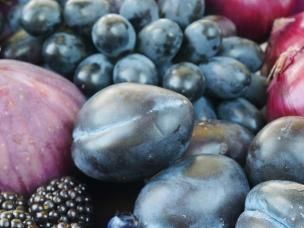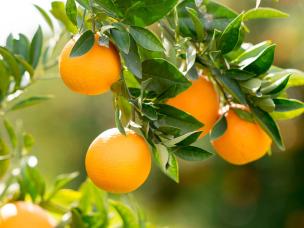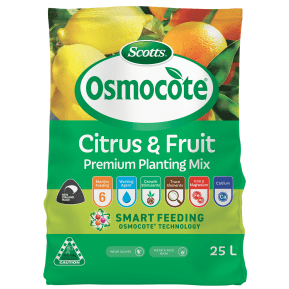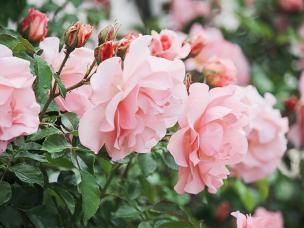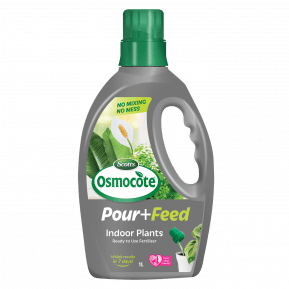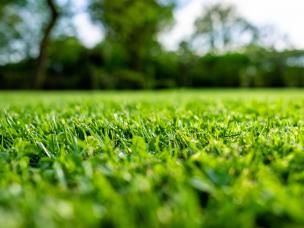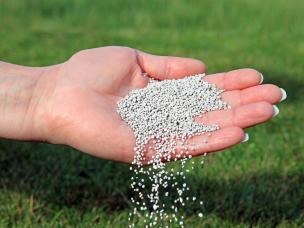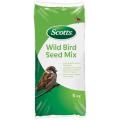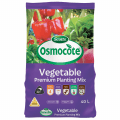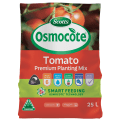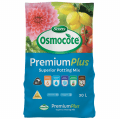August Gardening: Your Monthly Garden Guide
It’s ALMOST spring…
This month there’s a sense that winter is almost over. Flower and growth buds on deciduous trees and shrubs, roses and fruit trees start to swell and show tinges of colour. Early daffodils and jonquils burst into flower and camellias and magnolias are at their peak of flowering.
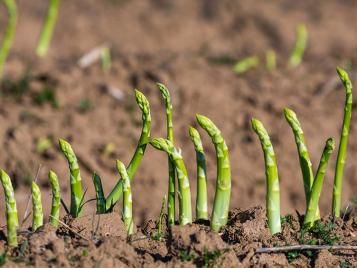
What to plant in August and other August gardening tips
Hopefully you’ve had a moment over winter to dream about what you’d like to grow in the season ahead. And if you’re still thinking about what to potter around with in the garden this August, the categories below might spark a few ideas. Find out what to plant in August in New Zealand to prepare a flourishing garden for spring!
If you’d like to get an early start on your veggie garden, August is a good time to sow seeds indoors - either in a greenhouse or on a warm windowsill. It’s also a good opportunity to pick up some new fruit plants. Around the garden there’s still plenty to harvest, and you can begin preparing beds for the new growth that will come with spring.
Vegetables
When choosing what to plant in August, it’s best to focus on hardy vegetables that cope well with the cold. It’s also a good time to start chitting potatoes if you haven’t already, while parsnips will be ripe for the harvest along with many types of brassicas. The weather may still be cool, but there’s plenty that can be done in the garden this month.
What vegetables to plant in August
In August, you can plant early tomatoes, capsicums, chillies, and cucumbers in a greenhouse. Herbs like basil and coriander also do well indoors. Ensure good ventilation and warmth for strong growth.
The following Winter and Spring vegetables can all be planted in August:
Asparagus, Beetroot, Broad bean, Bok choi, Cauliflower, Kale, Leeks, Lettuce, Mesclun, Onion, Parsnip, Dwarf pea, Climbing pea, Radish, Rhubarb, Rocket, Silverbeet, Spinach, Spring onion, Chinese cabbage, Kohl rabi, Potato.
Growing vegetables in August
- It's a great time to start sprouting your seed potatoes for planting in the ground next month.
- Give newly planted seedlings a good start with an appropriate fertiliser.
- Watch for the caterpillars of the White Cabbage Butterfly on cabbage, cauliflower, broccoli and other brassicas. Pyrethrum will assist or try a cabbage dust.
- Water every few days if the weather is dry.
- Hand pull or hoe out weeds as they appear – they compete for nutrients and moisture and may also harbour pests that could attack your crops.
- As winter crops finish, pull out the plants and put them into the compost bin if they are disease-free.
- Start preparing empty beds now for planting out seedlings next month. Dig over to break up the soil, fork in plenty of compost and a complete fertiliser.
- Slugs and snails can be active whenever there are young plants around – Scotts Quash Slug & Snail Killer in a bait trap will protect your plants and keep your pets safe.
What vegetables to harvest in August
Winter veggies, including cabbage, kale, cauliflower, brussels sprouts, broccoli, silver beet, onions, peas, radish and leafy greens like lettuce, should still be going strong. The very first of the new season’s asparagus tips may pop up later in the month – keep an eye out and cut them when about 15cm tall – they will be tender and delicious!
Parsnips in particular will be full of flavour after a couple of months of cold weather. Freezing conditions bring out the sweetness in them - just make sure to harvest them on a day without frost when you can get a garden fork into the ground.
If you’re harvesting leeks, don’t forget to leave a last plant in the ground so that it flowers. Pollinators love leek flowers, and they are a large, beautiful ball shape. Once the seed head has dried out, the seeds can be saved for sowing.
Fruit
If you’re thinking to yourself, ‘can I plant fruit trees in August?’ you might be surprised by how many actually do well going in the ground at this time of year.
What fruit to plant in August
Bare-rooted deciduous fruit and nut trees and vines should be planted as soon as possible before they start to shoot and flower. Some garden centres may already have them potted up and in flower.
Any of the following fruit plants can be planted in August:
Fig, Apple, Pear, Cherry, Plum, Apricot, Plumcot, Nectarine, Peach, Raspberry, Blackberry, Blueberry, Boysenberry, Strawberry, Feijoa, Orange, Lemon, Lime, Mandarin.
Growing and harvesting fruit in August
As soon as “bud swell” is noticed on fruiting trees and shrubs, apply a copper-based spray to prevent the occurrence of fungal diseases like mildews and leaf curl. Apply to fruit trees again after flowering, when fruits are just starting to form.
Flowers & Bulbs
What flowers and bulbs to plant in August
Bare-root roses are still available and, like fruit trees, should be in the ground very soon! Some nurseries sell them already potted up – they can be planted now or left until they are fully in leaf before transplanting into the garden. Spring flowering annuals will be in full bloom now, but it’s not too early to start thinking about summer flowers.
The following flowers and bulbs can be planted in August:
Lavender, Rhododendrons, Calendula, Lily, Cyclamen, Bellis, Azaleas, Forget-me-nots, Clematis, Calendula, Gladiolus, Roses, Lavatera, Viola, Crocus, Hebes, Pansy, Nemesia.
Growing flowers in August
- It’s a good idea to deadhead any winter-flowering pansies now. Similarly, you can cut the flowers from any early spring bulbs to make a colourful display indoors.
- Keep flowering annuals and bulbs growing and flowering well with regular applications of an all purpose fertiliser.
- Finish pruning deciduous trees and shrubs as soon as possible. DO NOT prune blossom trees (Prunus, etc) or Spring flowering shrubs – wait until after they have flowered.
- As soon as “bud swell” is noticed flowering trees and shrubs, apply a copper-based spray to prevent the occurrence of fungal diseases like mildews and leaf curl.
Indoor plants August
Plants inside the home assist in purifying the air as well as lending a touch of greenery to your living areas.
- Natural light is important but don’t stand pots on north or west-facing windowsills where they will be exposed to direct sun through the glass.
- Keep plants away from heaters and air conditioners that can dry the atmosphere.
- Place a saucer or bowl of water near your plants to humidify the air.
- Wipe leaves occasionally with a damp cloth to keep them clean.
- Feed every few weeks with ready to use Osmocote Pour+Feed Indoor Plants – no mixing required.
August lawn care
If you didn’t have time to give the mower a service last month, do it now before spring when it will be called into service quite frequently. As winter gradually recedes and the days become longer and a little warmer, the lawn will have quite a growth spurt - now is the time to fertilise. The type of fertiliser you use will depend on the health of your lawn.
- A general purpose fertiliser like Lawn Builder All Lawn Types Slow Release Lawn Food or Lawn Builder Extreme Green Slow Release Lawn Food (all granular fertilisers that will feed your lawn for up to three months and suitable for all types of grass) will suit most situations.
- However, if you have a broadleaf weed problem, then you may need to use Lawn Builder + Weedkill Slow Release Lawn Food but READ THE LABEL FIRST! This fertiliser cannot be applied to buffalo grasses and some other lawn substitutes.
- Control moss in shady areas with a solution of iron sulfate (30 grams in 4.5L of water) applied as a spray or with the watering will help control it. Re-apply if necessary.
In the warmer north:
- Water lawns deeply once a week if there’s no rain.
- Apply a Lawn Builder Slow Release granular fertiliser to feed the lawn for up to three months.
